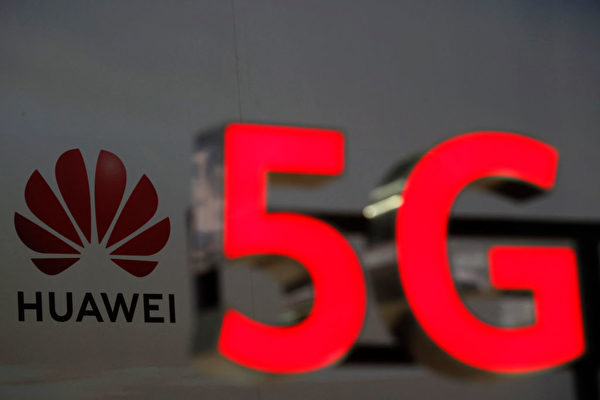How Germany is Dealing with Huawei Components in the 5G Network
There have been differing opinions within the German government on how to handle the issue of Huawei components in the 5G network. Reports from local media indicate that the Chancellor and several ministers have once again convened to discuss this matter, with the German government aiming to come up with a unified solution as soon as possible.
On May 23, Chancellor Olaf Scholz, along with Interior Minister Nancy Faeser, Transport Minister Volker Wissing, Foreign Minister Annalena Baerbock, and Economic Minister Robert Habeck, held discussions on the above-mentioned issue. While no final decision was reached during this meeting, the ministers are pushing to present a unified plan before the parliamentary summer recess in early July.
Interior Minister Faeser, who is a member of the Social Democratic Party, along with the Green Party’s Foreign and Economic Ministers, advocates for the swift removal of Huawei components. However, the Free Democratic Party’s Transport Minister Wissing is concerned that expecting network providers to bear the costs of replacing Huawei components is unrealistic.
Last September, Interior Minister Faeser proposed implementing restrictive measures, intending to reduce the proportion of Huawei components in the access networks (Zugangsnetz) and transmission networks (Transportnetz) to below 25% by 2026. Sensitivity areas like the political center Berlin or the industrial hub of the Rhine-Ruhr region would have to completely eliminate Huawei components. According to reports from the German newspaper Handelsblatt, Huawei parts currently constitute around 50% to even 60% of the 5G access network in Germany.
Due to concerns about security risks associated with Huawei, stemming from its ties to the Chinese Communist Party, Western countries are seeking ways to reduce dependence on Chinese products and enhance security measures.
Reports from German media suggest that one of the aims of the recent ministerial meeting was to establish a timetable for removing Huawei products. It is said that the ministers are leaning towards a two-step plan for this effort. The first step entails removing Huawei components from the core network sections by 2026, a step that telecom companies have already completed. The second step aims to have all Huawei parts from the access networks dismantled by 2029.
Opposition parties criticize the German government’s delay in action. Julia Klöckner, the Economic and Political Spokesperson for the CDU parliamentary group, emphasized in a statement to the Rheinische Post, “The federal government has an obligation to ensure the security of the 5G network. If the network, built globally, could be exploited in critical situations, then a ban must be considered.” She further stressed, “If the federal government deems Chinese components to pose unacceptable security risks, consequences must be borne.”
Huawei and similar companies have consistently asserted that they have no ties with Chinese intelligence or security agencies, though Chinese law mandates that enterprises comply with the Chinese Communist Party’s directives, and many corporate executives are Party members, having close ties to the Party leadership.
Green Party’s Interior Affairs Politician Konstantin von Notz urged the cabinet to take action promptly, stating, “The less technology from authoritarian states we use in our telecom networks, the better, and the sooner we dismantle already installed technology (components), the better. Things can change a lot within five years.”
Telecom groups have expressed concerns that accelerating the removal of Huawei components could impact network development processes and incur high costs. Vodafone highlighted the need to ensure a high-quality network while avoiding transferring the costs of the switch onto millions of mobile users.
Currently, Germany has 91,000 cell towers, with 46,000 utilizing Huawei antenna technology. The proportion of Huawei technology in German Telecom’s cell towers reaches up to 65%. If these components were immediately replaced, it would cost an additional 50,000 euros per cell tower, totaling around 2.5 billion euros. If telecom companies shoulder this cost alone, the extra charge per customer would be at least 18 euros.
For telecom companies, the proposed three-year delay in implementing the plan to replace Huawei components is welcomed. This is because the typical lifespan of Huawei components is ten years, and with Germany’s 5G rollout starting in 2020, by 2029 or 2030, these components would reach their replacement period, saving telecom companies both trouble and costs.

